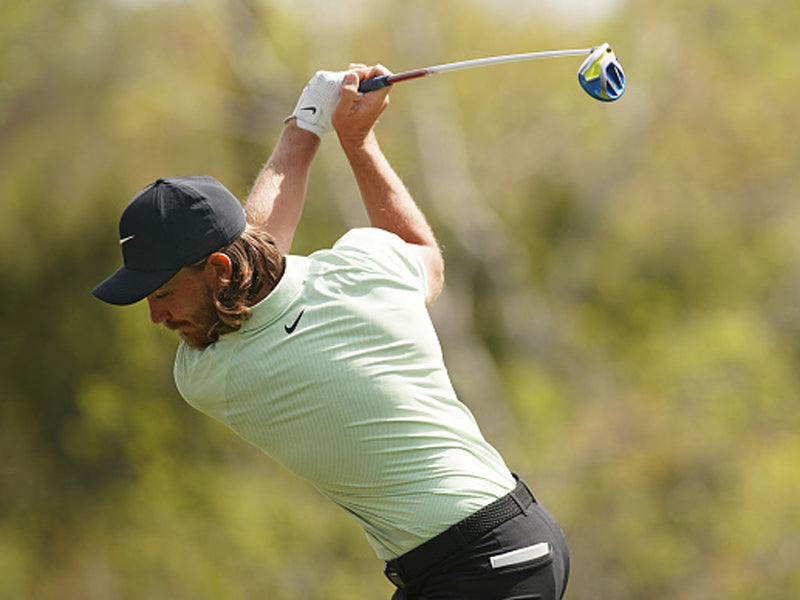Nike has long been a powerhouse in the world of sports marketing, known for its iconic swoosh and aggressive approach to athlete partnerships. Nowhere is this more evident than in professional golf, where Nike has crafted an image of unmatched brand uniformity by limiting external branding on its athletes. But what does this mean for the players themselves—and the broader sponsorship ecosystem?
The Power of Exclusivity
Nike’s deals with golf professionals are often structured to ensure complete branding control. This means that contracted athletes typically:
-
Wear Nike-branded apparel and shoes exclusively.
-
Avoid any competing logos or external branding on shirts, hats, or outerwear.
-
Project a clean, uniform image aligned with Nike’s brand guidelines.
This strategy reinforces Nike’s visual dominance during televised tournaments, press conferences, and social media, maintaining strong brand recall and cohesive storytelling.
Historical Context & Notable Examples
This approach can be traced back to marquee signings like Tiger Woods and Rory McIlroy. With Tiger, Nike pioneered the “clean kit” model in golf—making him instantly identifiable and visually aligned with Nike’s narrative.
More recently, players like Brooks Koepka and Tony Finau continued the tradition, often appearing in tournaments with no secondary logos visible, in stark contrast to peers with cluttered shirts and caps.
Player Sponsorship Implications
While this level of exclusivity benefits Nike, it creates nuanced challenges for the athletes:
1. Limited Inventory for Sponsors
Golfers are walking billboards—shirts, caps, and even bag panels offer valuable real estate for brands. Nike’s restrictions eliminate these opportunities, reducing a player’s potential sponsorship inventory. For athletes not in the top earnings tier, this can mean leaving significant money on the table.
2. Trade-Off Between Cash and Visibility
Nike typically compensates for this exclusivity with substantial endorsement fees. For elite athletes, the trade-off often favors Nike’s deal—guaranteed income, global visibility, and alignment with a powerhouse brand. However, for rising stars, the decision may weigh differently: choose a Nike deal that limits secondary sponsors, or work with a mix of brands for broader financial gain.
3. Influence on Image and Marketability
Nike’s image-first approach benefits players looking to build a sleek, premium personal brand. It signals prestige and simplifies brand alignment. But it also limits a golfer’s ability to partner with smaller, perhaps more niche or personally meaningful brands.
Nike’s Long-Term Play
Nike’s dominance in golf apparel is less about quantity and more about curated quality. By controlling the look and feel of their athletes, they reinforce a sharp, uncluttered aesthetic that mirrors their strategy across sports. This brand discipline may restrict player earnings in the short term—but helps maintain the aspirational aura Nike carefully cultivates.
Closing Thoughts
Nike’s approach represents the evolution of sports sponsorship from fragmented partnerships to holistic brand ecosystems. For golf professionals, the decision to sign with Nike involves a deeper consideration than just money—it’s about long-term identity, exposure, and aligning with one of sport’s most iconic brands.





Where Tradition Serves Up Timeless Marketing Magic
LIV inks ‘most significant deal’ yet with long-time golf sponsor HSBC